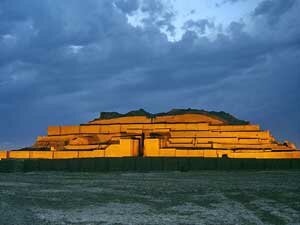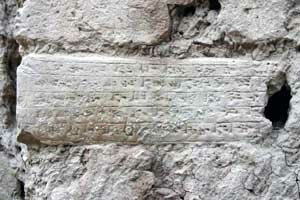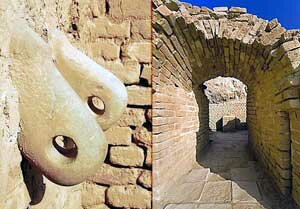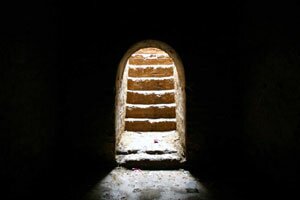The Giant Ziggurat
CHOGHA ZANBIL
Chogha Zanbil is an ancient Elamite complex in the Khuzestan province of Iran. It is one of the few extant ziggurats outside of Mesopotamia. It lies approximately 25 kilometeres west of Dezfoul, 45 kilometres south of Susa and 230 kilometres north of Abadan by way of Ahvaz, which is 120 kilometres away.
It was built about 1250 BC by the king Untash-Napirisha, mainly to honor the great god Inshushinak. Its original name was Dur Untash, which means 'town of Untash', but it is unlikely that many people, besides priests and servants, ever lived there.
Chogha Zanbil
Choga Zanbil consists of the ruins of three concentric walls , within which are palaces , temples and a central Ziggurat (temple tower) , measuring 105 X 105 meters. The first wall has seven gates , which reflects the religious ideologies of that time. Between the inner and middle walls , several temples dedicated to different Elamites divinities were built.
Elamite Inscription
The outer city wall was about 4 km long and enclosed an area of approximately 100 hectares. The royal quarter was situated adjacent to a major city gate some 450 m east of the Ziggurat. In this area , an extensive water tank and a group of three major buildings with large courts surrounded by lengthy halls and rooms were excavated. Beneath one of these buildings , five underground tombs of monumental dimensions were unearthed.
Source: Iran Traveling Center - Wikipedia
August 10. 2009






